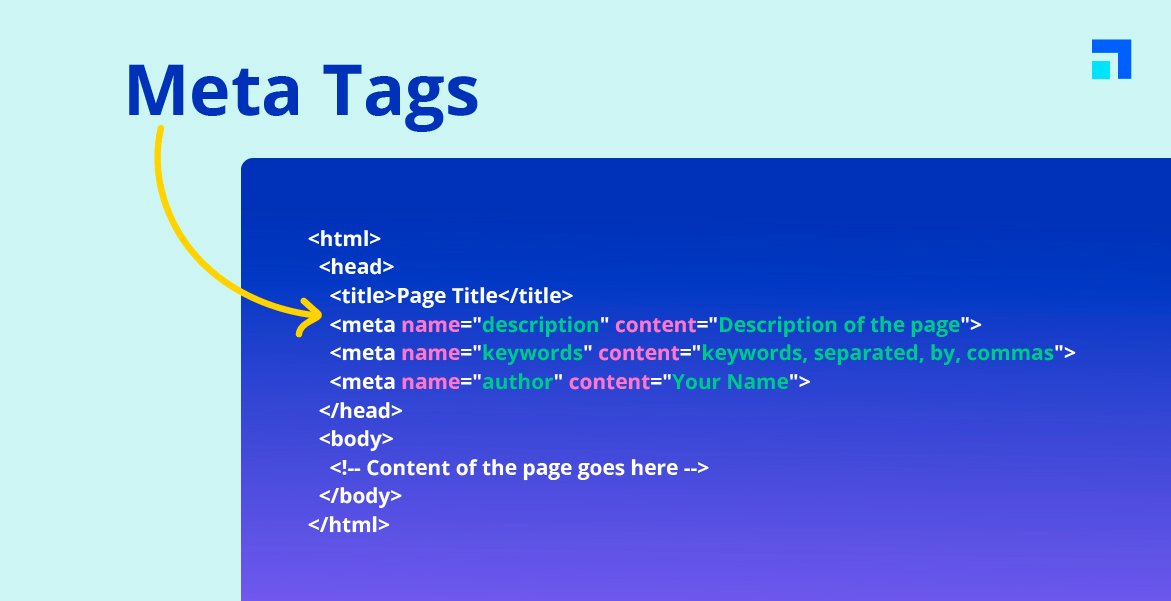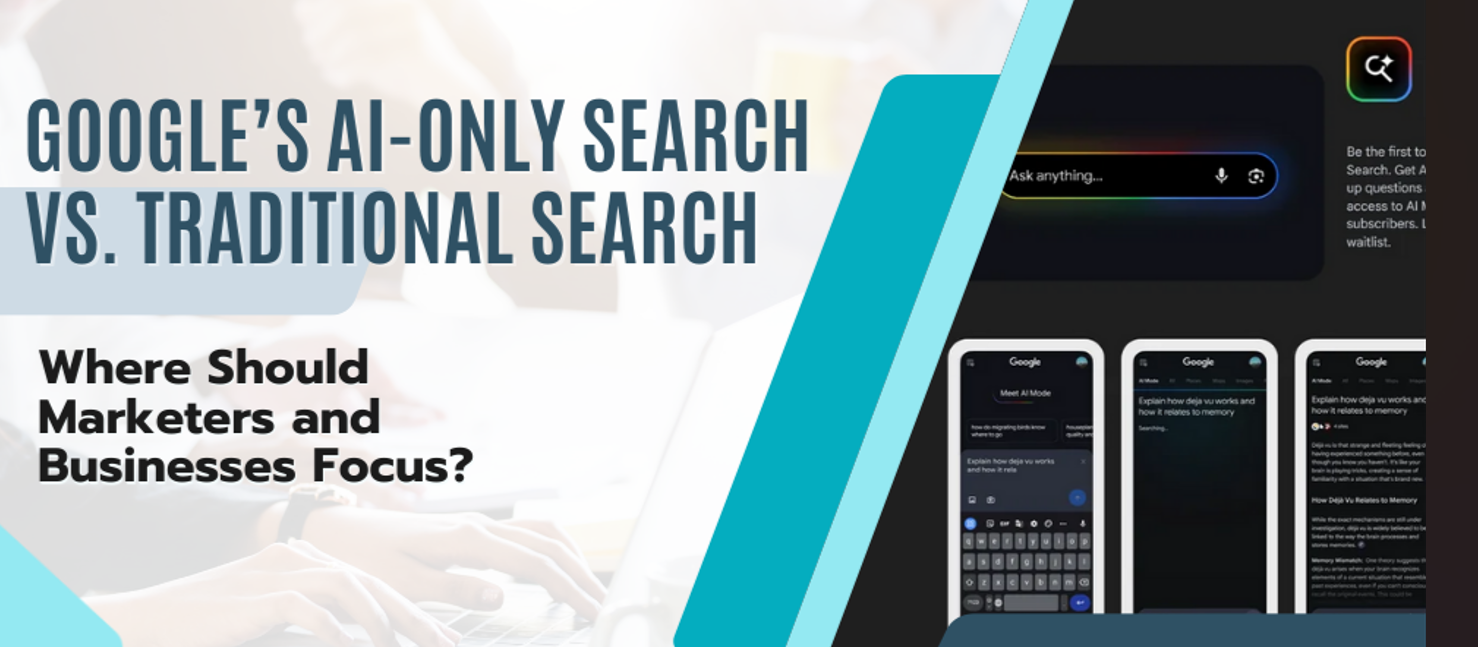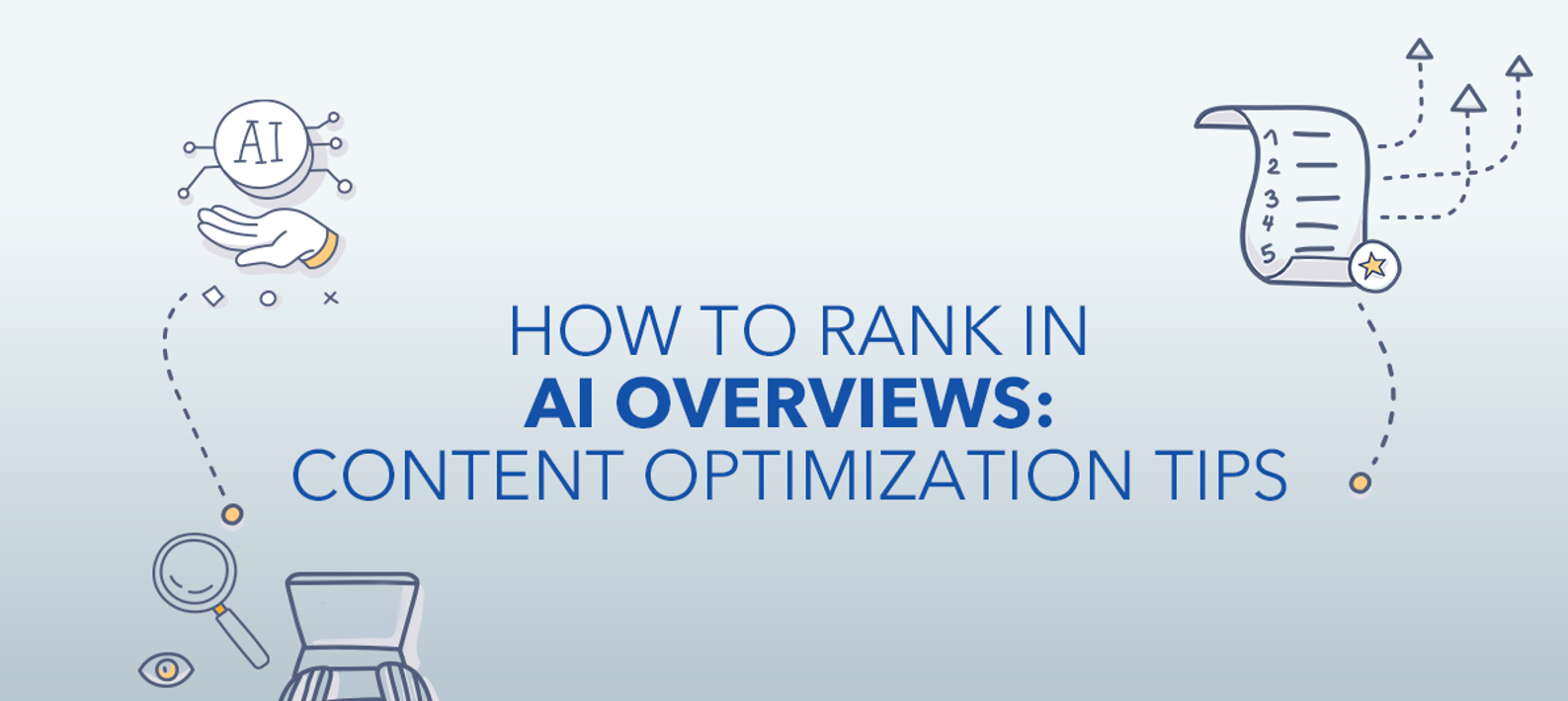Meta tags and titles may look small, but they are powerful tools for SEO. If you want your website to rank well, you must get them right. Effective meta tags and titles help both search engines and users understand what your page is about. Whether you focus on performance marketing, brand positioning, SEO services, or PPC services, these basics matter for everyone.
Why Meta Tags and Titles Are So Important
When someone searches on Google, they see your title and meta description first. These lines decide if they click your link or not. Clear and catchy titles and descriptions can make people trust your site. They can also enhance your click rates and help you differentiate yourself from your competitors.
How to Write Better Meta Titles
Keep It Short and Sweet
Google shows about 60 characters in a title. Keep yours within this limit so nothing gets cut off. Use clear words that tell what your page is about.
Put Keywords First
Always place your primary keyword near the start. For example, if you offer SEO services, your title could be “SEO Services That Grow Your Business.” This helps both users and search engines.
Write Unique Titles
Each page on your website should have its title. Never reuse the same title. Unique titles help search engines better understand each page.
Think About the User
What is your customer looking for? Use titles that match what people are searching for. If you work on brand positioning, you can write “Brand Positioning Tips for Small Businesses.”
How to Write Great Meta Descriptions
Make It Interesting
Your meta description should grab attention. Write it like a short ad. Inform users about what they will find if they click on the link.
Add Keywords Naturally
Keywords in your meta description can appear bold in search results. This can catch the reader’s eye. But don’t force them in. Keep the words natural.
Stick to the Limit
Keep your meta description between 150 and 160 characters in length. If it’s too long, Google may truncate it.
No Duplicates
Just like titles, each page should have its meta description. This avoids confusion for search engines and your visitors.
Technical Tips You Should Know
Place Tags Correctly
Meta titles and descriptions should be in the <head> part of your HTML code. If they are in the wrong place, they might not work.
Skip Meta Keywords
Years ago, meta keywords were proper. Today, search engines ignore them. Focus on your title and description instead.
Use Social Tags Too
Use Open Graph tags for Facebook and Twitter Cards for Twitter. These help your pages look good when people share them on social media. It’s suitable for brand positioning and more clicks.
How This Helps Performance Marketing and PPC Services
Good meta tags and titles not only help with SEO; they also enhance user experience. They also support your performance marketing and PPC services. When you have strong, clear titles, your ads and organic listings match well. This can make your ads more cost-effective and practical. It also builds trust in your brand.
Simple Tips to Make Your Meta Tags Better
- Always write for people first, not just search engines.
- Use words that your customers use.
- Avoid stuffing too many keywords.
- Maintain a friendly and easy-to-read style.
- Highlight what makes your business different.
Key Takeaways
- Meta tags and titles are simple but powerful tools.
- Keep titles concise, clear, and focused on your primary keyword.
- Write meta descriptions that make people want to click.
- Make each tag unique for every page.
- Check your HTML code to avoid mistakes.
- Utilise these fundamentals to enhance SEO, performance marketing, and PPC services.
Getting your meta tags and titles right is not hard. It just takes a little care and attention. By following these latest guidelines, you can improve your SEO services, strengthen your brand positioning, and support all your digital marketing goals. Start today and see the difference in your search results!



